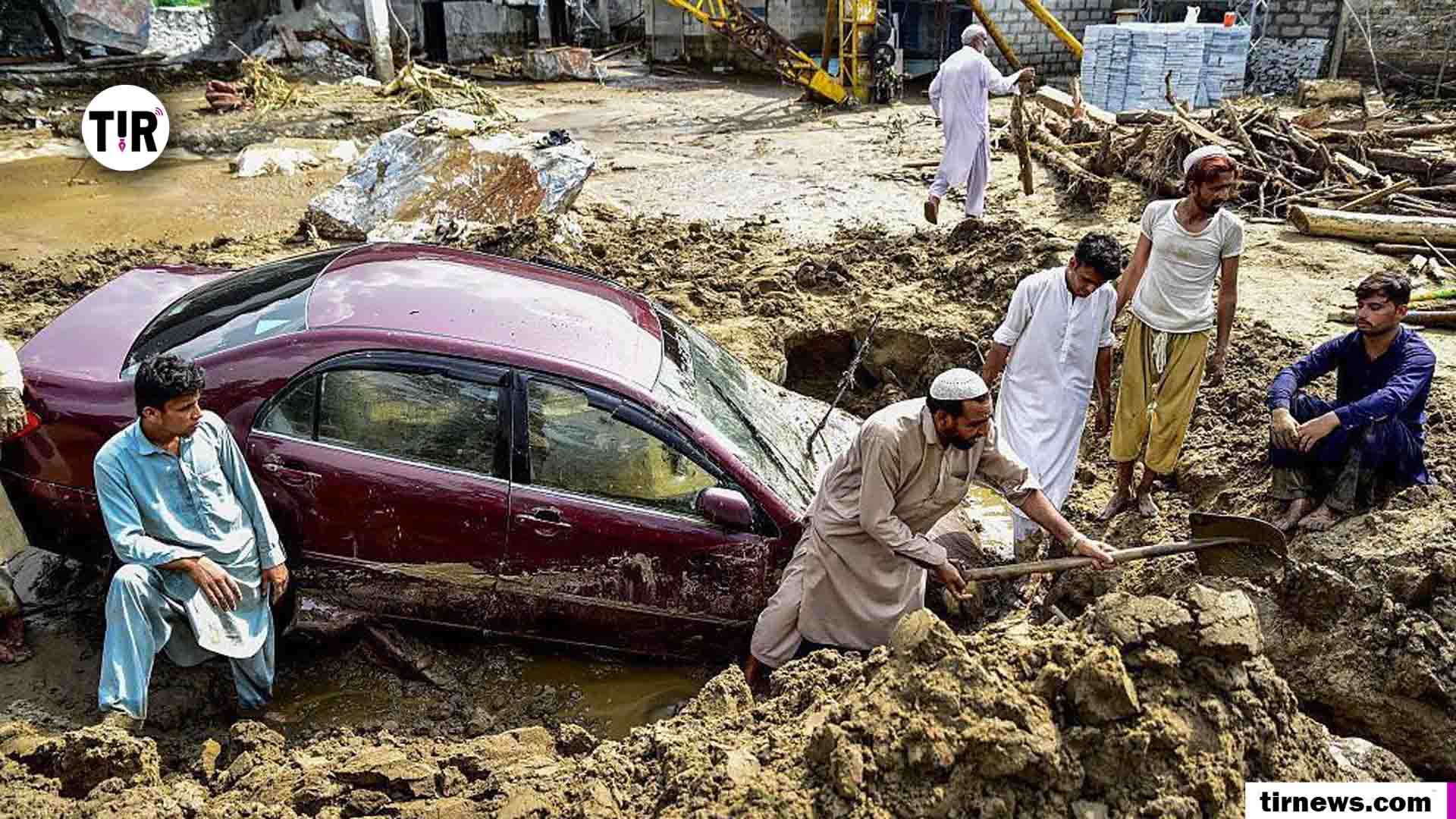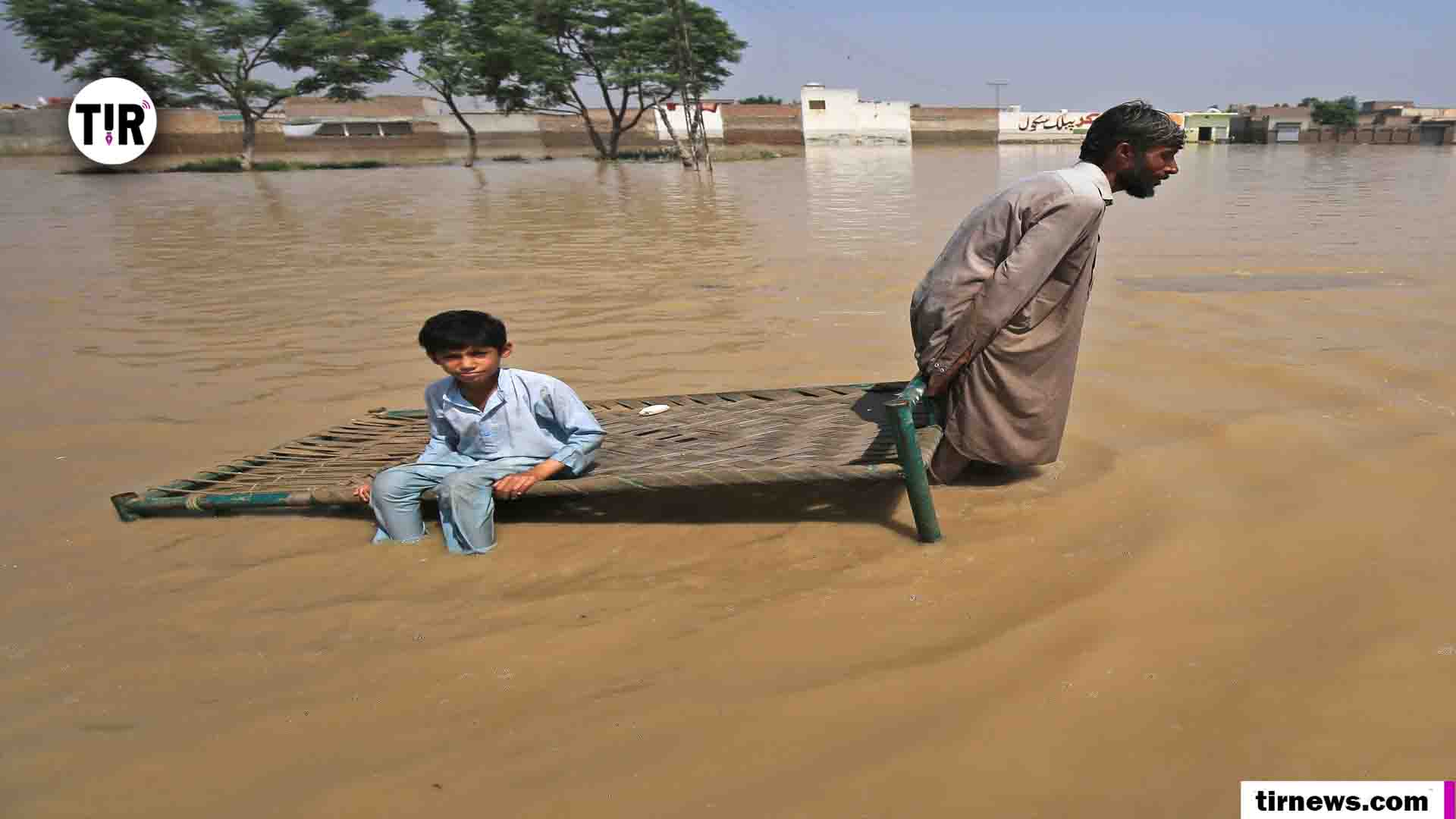Northwestern Pakistan is reeling from catastrophic flash floods that have claimed at least 337 lives, with dozens more reported missing following torrential rains and cloudbursts that struck the region in recent days, according to the National Disaster Management Authority.
The mountainous Buner district in Khyber Pakhtunkhwa province has been among the worst affected areas, where emergency spokesperson Mohammad Suhail confirmed that 54 bodies were recovered after extensive search operations. The deadly flooding was triggered by torrential rains and cloudbursts that occurred on Friday, overwhelming local communities with little warning.
Search and rescue teams continue working tirelessly in remote villages, focusing their efforts on areas where entire homes were flattened by powerful water torrents carrying massive boulders from mountain slopes. The force of the floods has been described as explosive, completely destroying residential structures in its path.
A particularly tragic incident occurred in Qadar Nagar village, where 28 family members gathered for a wedding celebration perished when a torrent of mud and water swept through their decorated home. Such personal tragedies underscore the human cost of this natural disaster.
The crisis has sparked criticism of emergency response systems, with local residents accusing authorities of failing to provide adequate evacuation warnings. Mohammad Iqbal, a schoolteacher from Pir Baba village, noted that survivors “escaped with nothing” and emphasized that earlier warnings could have saved lives by allowing residents to relocate to safer areas.
Government officials have defended their emergency response protocols, explaining that while early warning systems exist, the sudden intensity of the cloudbursts made timely alerts extremely challenging. Lieutenant General Inam Haider Malik, chairman of the National Disaster Management Authority, attributed the severe weather patterns to climate change effects.
The monsoon season, which began in June, has already delivered 50 percent more rainfall compared to the same period last year. Authorities have issued warnings about potential additional flooding and landslides through Tuesday, urging local administrations to maintain high alert status.
United Nations Secretary-General Antonio Guterres expressed profound condolences to affected families and confirmed UN support for relief efforts. The organization stands ready to assist both Pakistani and Indian governments, as similar flooding has also impacted Indian-administered Kashmir.
Pakistan experiences regular monsoon flooding between June and September, particularly affecting northwestern regions where villages are situated on steep terrain near riverbanks. Climate experts emphasize that while Pakistan contributes less than one percent of global warming emissions, the country faces disproportionate impacts from extreme weather events including heatwaves, heavy rainfall, and glacial outburst floods.



